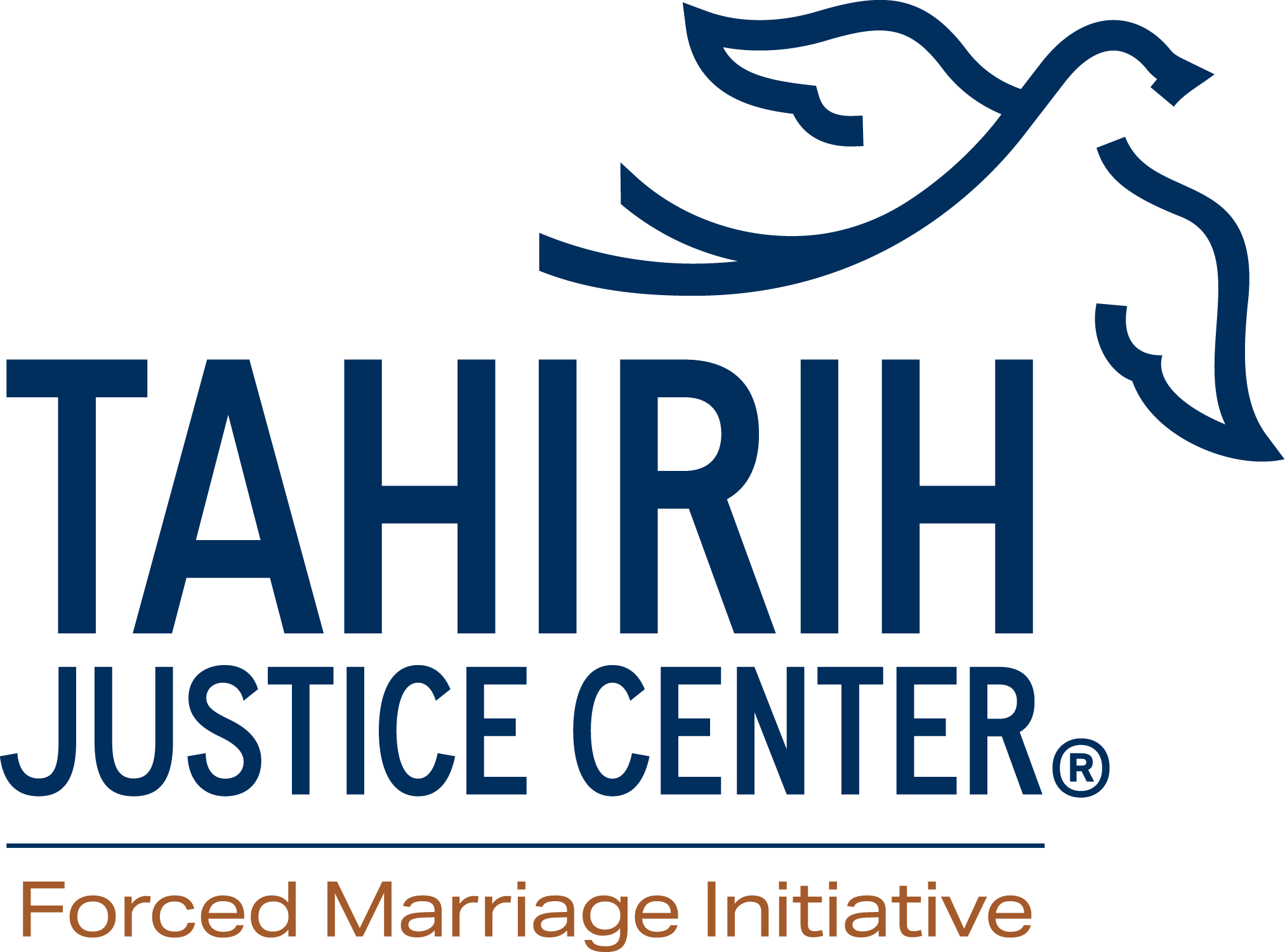Forced Marriage and Family Violence
Forced marriage, itself a form of gender-based violence, also intersects with other types of harm including child abuse, rape and sexual assault, domestic and family violence, stalking, female genital mutilation/cutting (FGM/C), and human trafficking.
For a full examination of the intersection of forced marriage with other forms of harm, read The Intersectionality of Forced Marriage with Other Forms of Abuse in the United States. Or scroll for a brief summary of the intersections of forced marriage and:
- Child Abuse
- Sexual Assault and Rape
- Domestic and Family Violence
- Stalking
- Female Genital Mutilation/Cutting
- Human Trafficking
Child Abuse
There is a direct link between child abuse and forced marriage. While some young people may willingly and lovingly enter into a marriage with an age peer, a child or teenager being forced into marriage by her family may be subjected to multiple coercive tactics that, taken together, amount to child abuse. Such tactics can include removing the child from school, imprisoning her in a room at home, cutting off social interactions, and even physical abuse until she agrees to the marriage. Click here to learn more about child marriage in the United States.
Sexual Assault and Rape
Rape and sexual assault can be both the cause and consequence of forced marriage. A girl may be forced to marry her rapist as a way to preserve perceived purity or honor, or “do the right thing” by getting married if the girl has become pregnant. Rape is also a common consequence of forced marriage, and can continue over years or decades throughout the course of the marriage.
Domestic and Family Violence
The forms of abuse, coercion, intimidation, pressure, and fraud that are employed against victims of forced marriage are often indistinguishable from the forms of abuse and control utilized by perpetrators in domestic and family violence contexts. Similar to child abuse and sexual assault, domestic and family violence can both precipitate and follow a forced marriage. Such tactics are often employed both to force an individual into an unwanted marriage, and to prevent them from being able to leave the marriage after it occurs.
Stalking
In a forced marriage situation, family members may use stalking behaviors such as monitoring a victim’s actions, relationships, and whereabouts as a tool of power and control and to create a severe sense of isolation and hopelessness. This kind of “family and community surveillance” can occur before a woman is forced into marriage as a way to make her feel she has no safe way to resist or seek help, and may persist following the marriage in order to restrict the survivor’s independent mobility and privacy, again with the intent of limiting her ability seek help.
Female Genital Mutilation/Cutting
While not all individuals who face forced marriage are also at risk of FGM/C, forced marriage can at times both necessitate and guarantee imminent FGM/C, and a survivor of forced marriage may have already experienced FGM/C in her lifetime.
Human Trafficking
Even though forced sex within a forced marriage is not a “commercial sex act” that would easily fit into most definitions of trafficking, this type of harm can arguably describe some forced marriage cases. The forced sex within the marriage may be considered “services,” for example, and two states that have laws against forced marriage have located these provisions within their human trafficking statutes. Elements of forced labor may also be present, particularly in cases of servile marriage. In some cases, a simpler understanding of human trafficking as the exploitation of another for personal gain, using force, fraud or coercion, can fit the facts of a forced marriage, such as when the driving motivation of the family is financial, to collect a bride price, dowry, or debt payment.



